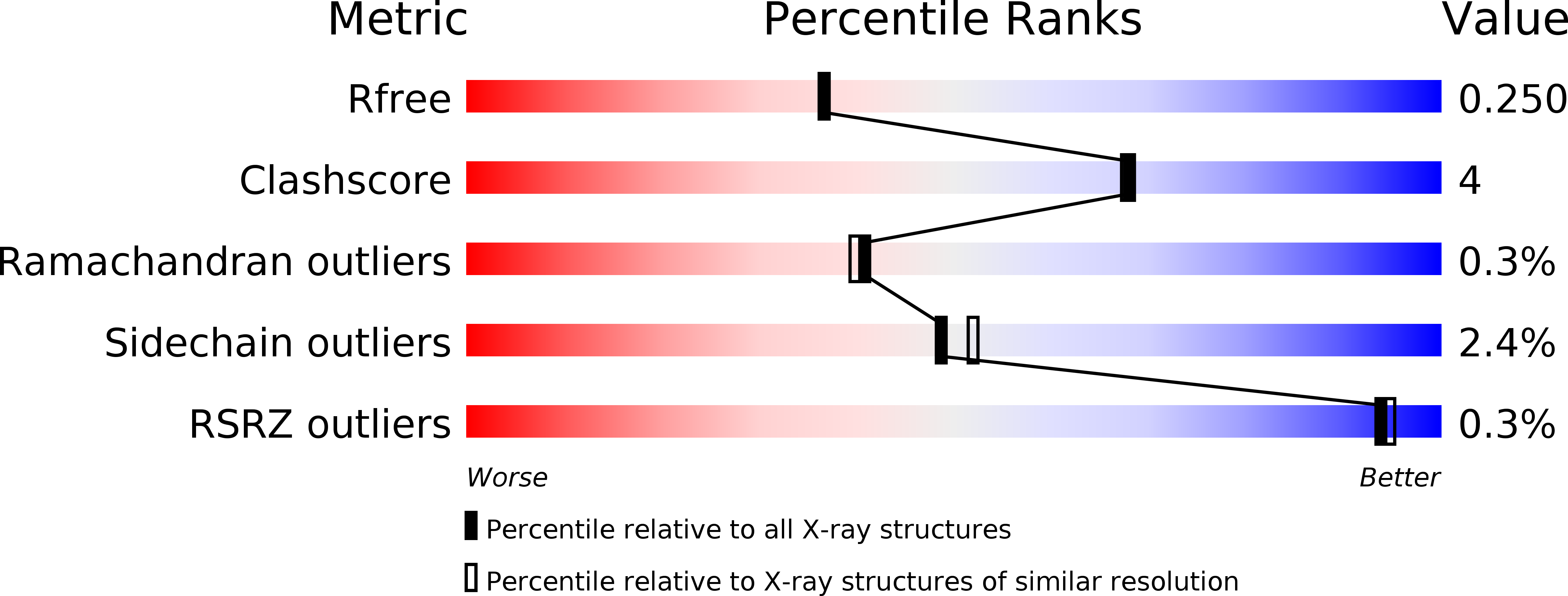
Deposition Date
2018-09-06
Release Date
2018-12-05
Last Version Date
2024-01-17
Entry Detail
PDB ID:
6HKE
Keywords:
Title:
MatC (Rpa3494) from Rhodopseudomonas palustris with bound malate
Biological Source:
Source Organism:
Rhodopseudomonas palustris (Taxon ID: 258594)
Host Organism:
Method Details:
Experimental Method:
Resolution:
2.11 Å
R-Value Free:
0.24
R-Value Work:
0.19
R-Value Observed:
0.19
Space Group:
P 21 21 21


